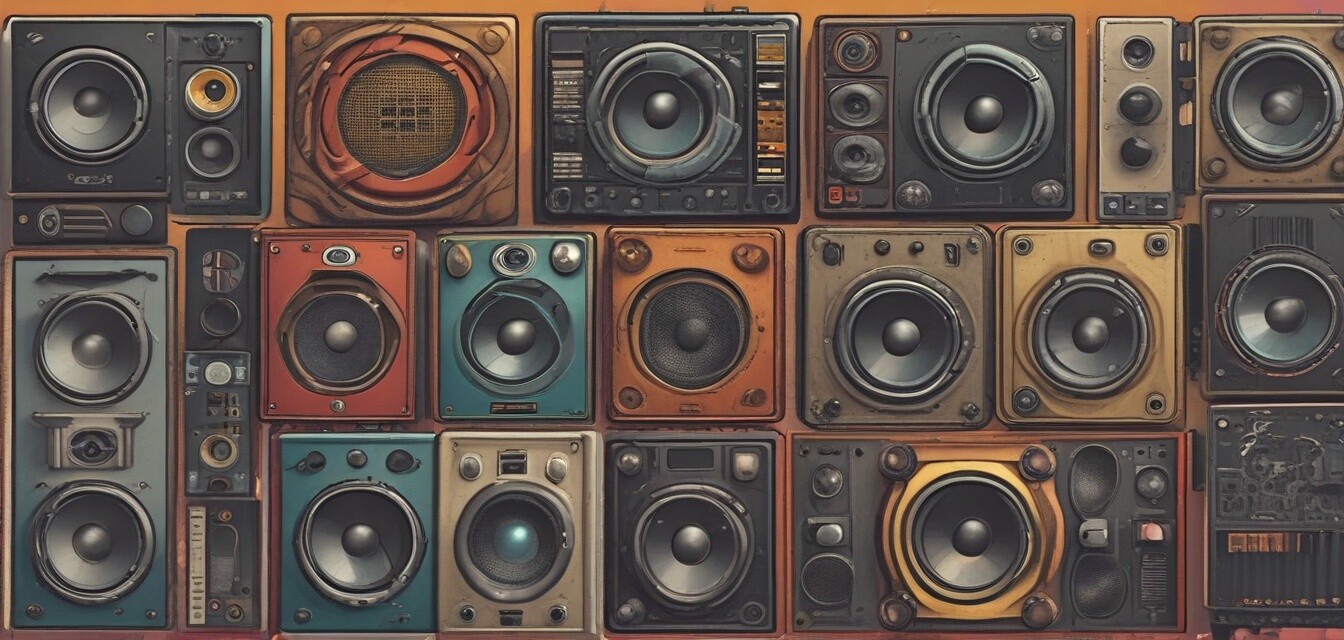
The Effect of Music Genres on Speaker Design
Key Takeaways
- Different music genres require unique speaker designs to optimize sound quality.
- Hi-Fi speakers are essential for audiophiles, while Bluetooth speakers cater to casual listeners.
- Portability and functionality are crucial for outdoor music experiences.
- The latest technologies in speaker systems enhance the overall listening experience.
As music continues to evolve, the technology behind speakers has also progressed significantly. One intriguing aspect is how different music genres influence the design and functionality of speakers. This article will delve into the relationship between music genres and speaker design, exploring why certain speakers are more suited for specific styles of music.
How Music Genres Affect Speaker Design
Various music genres have distinct sound characteristics that influence the overall design of speakers. Different designs focus on enhancing specific audio frequencies that are prevalent in those genres. Let's explore a few popular genres and their requirements for speaker design:
| Music Genre | Key Characteristics | Speaker Design Features |
|---|---|---|
| Rock | Strong bass and intricate guitar riffs | Robust woofers and dynamic range capabilities |
| Classical | Wide dynamic range and full orchestral sound | Hi-fi capabilities and precise sound staging |
| Hip-Hop | Heavy bass drops and rhythmic beats | Powerful subwoofers for low-end frequencies |
| Jazz | Improvisation and rich instrumental textures | Balanced sound with clear vocal reproduction |
Understanding the Speaker Features
To design speakers that cater to specific music genres, manufacturers focus on certain features:
- Driver Size: Larger drivers are typically used for genres that require deeper bass, while smaller drivers are adequate for vocal-centric music.
- Crossover Systems: These determine how frequency ranges are split between the components, crucial for delivering clarity in various genres.
- Enclosure Type: Vented or sealed designs are chosen based on the sound profile needed for a specific genre.
- Material Quality: Premium materials yield better sound reproduction and durability, ideal for audiophiles.
Impact of Technology on Speaker Design and Music Genres
The advent of new technologies has changed how speakers are designed for different genres. Here are some technological advancements affecting speaker design:
- Wireless Connectivity: Bluetooth and Wi-Fi capabilities allow for easy streaming across all music genres.
- Smart Technology: Integration with voice assistants helps enhance user experience, especially in multi-genre playlists.
- Adaptive Sound Systems: Some speakers can adjust sound profiles based on genre, optimizing performance for different musical styles.
Case Studies
Several brands have tailored their speaker designs to meet genre-specific needs:
Pros
- Enhanced user experience through tailored designs.
- Improved sound quality for specific genres.
- Greater consumer satisfaction with specialized equipment.
Cons
- Potential higher costs for genre-specific speakers.
- Limited functionality for users who enjoy multiple genres.
Conclusion
In conclusion, the intersection of music genres and speaker design is an exciting area of exploration. As technology advances, we will see even more innovations tailored specifically to enhance the listening experience across various musical styles. Whether you're a casual listener, a home theater enthusiast, or an audiophile, understanding how genre influences speaker design can help you make informed choices. Stay tuned for more updates in the News and Trends section of our blog.